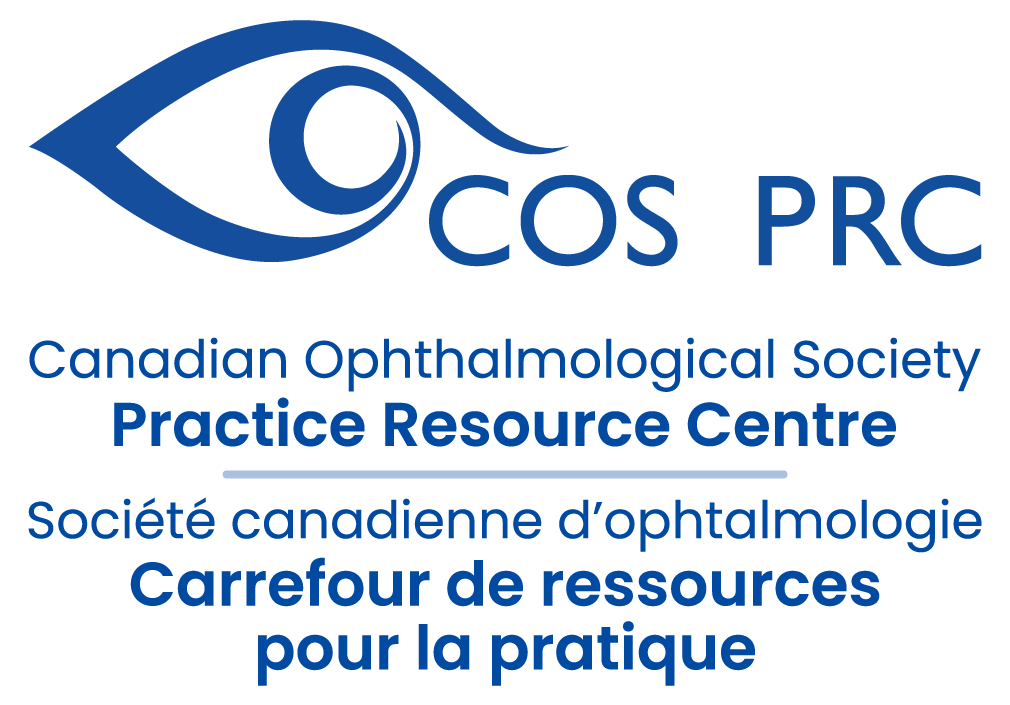July 20, 2020
Mayu Nishimura, Agnes Wong, Helen Dimaras and Daphne Maurer
BACKGROUND: Visual problems can negatively affect visual development and learning but often go undetected. We assessed the feasibility of scaling up a school-based screening program to identify and treat kindergarten children with visual problems.
METHODS: We conducted a prospective cohort study offering vision screening to junior (JK) and senior kindergarten (SK) children attending 43 schools in 15 Ontario communities. Screening comprised photoscreeners and tests of visual acuity, stereoacuity and eye alignment. Children who failed any test were referred for a comprehensive eye examination, with treatment as needed (e.g., glasses).
RESULTS: Using a passive consent model, 89% of children were screened compared with 62% using an active consent model (p < 0.001). Referral rates to an optometrist varied across schools (mean referral rate for children in JK 53%, range 25%–83%; mean referral rate for children in SK 34%, range 12%–61%). Among 4811 children who were screened, a visual problem was detected in 516 (10.7%), including 164 (3.4%) with amblyopia and 324 (6.7%) with clinically significant refractive errors. For 347 (67.2%) of the children with a visual problem, this was their first eye examination. Rescreening in Year 2 did not lead to detection of additional problems among children who passed screening in Year 1. Regardless of location (child’s school or optometrist’s office), 1563 (68.9%) of children attended the follow-up optometry examination. Most of the children who were surveyed (291 of 322, 90.4%) indicated that they enjoyed vision screening.
INTERPRETATION: Many children in Ontario with a visual problem were not being identified by the status quo in 2015–2017. We found that in-school vision screening with follow-up eye examinations is an effective strategy for identifying at-risk children and placing them in eye care before grade 1
Accepted March 20, 2020.



